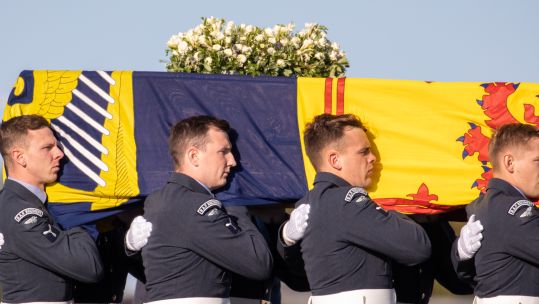
Queen's lying in state: The military's role as hundreds of thousands of mourners expected
Thousands of members of the UK's Armed Forces will be taking part in the procession from Buckingham Palace to Westminster Hall.

Thousands of members of the UK's Armed Forces will be taking part in the procession from Buckingham Palace to Westminster Hall.
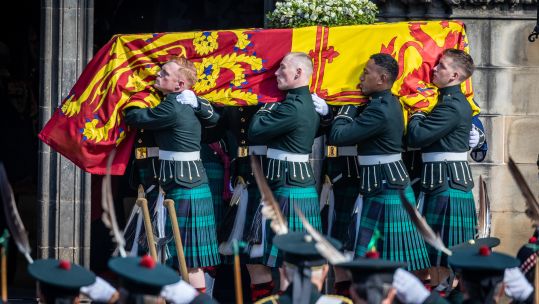
The Queen's casket is lined with lead and has other features that add to the weight.
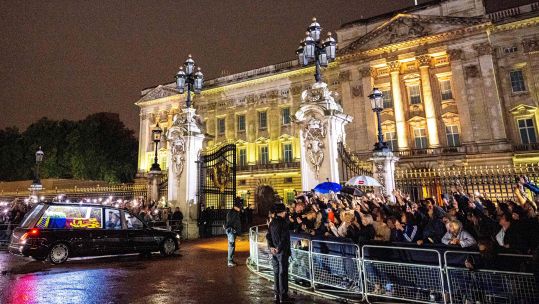
An RAF C-17 Globemaster III aircraft was used to transport the Queen's coffin to London, touching down at RAF Northolt.
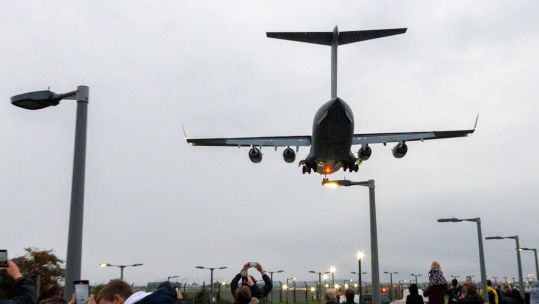
An RAF C-17 was used to transport the Queen's coffin to London, using the call sign 'Kittyhawk' for the final time.
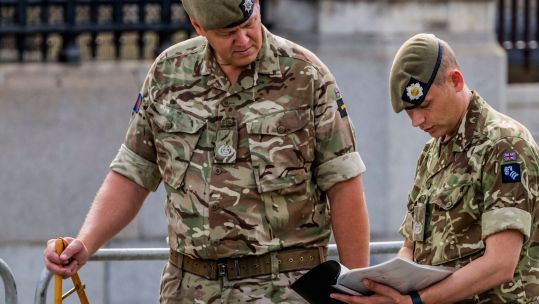
Military personnel have been preparing for the Queen's coffin procession and state funeral.
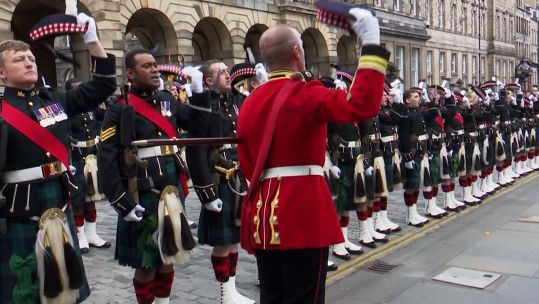
Thousands have lined the route of the Queen's coffin as Her Majesty makes her final journey.
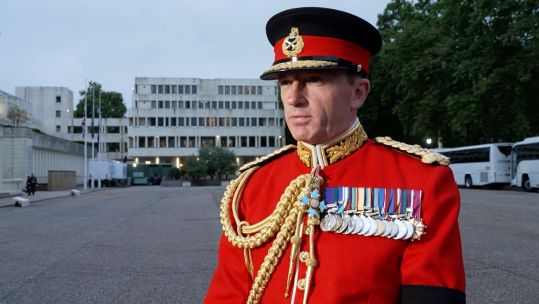
Maj Gen Christopher Ghika, of the Household Division, is responsible for organising the ceremonial aspects of the Queen's funeral.
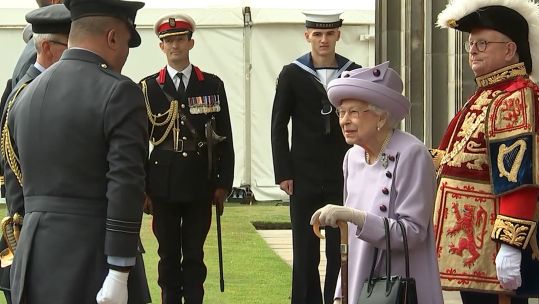
The Queen's time as head of the Armed Forces "bred an extraordinary emotional connection between individual servicemen and women".
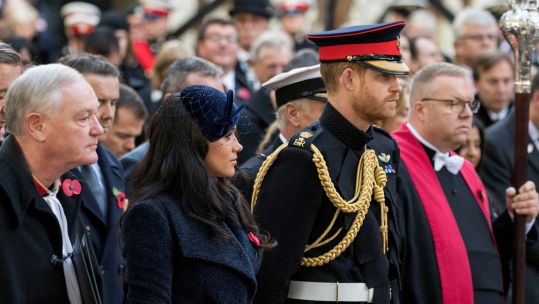
The Duke of Sussex and Duke of York will not wear military dress for the monarch's funeral.
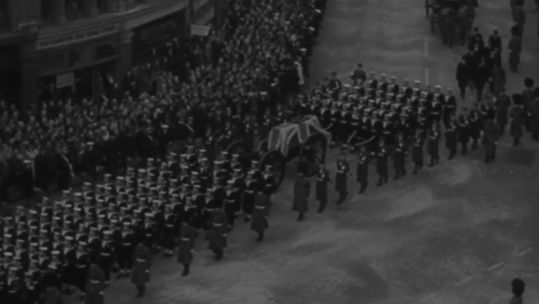
The Queen's funeral will be the first state funeral in the UK since war-time Prime Minister Winston Churchill's in 1965.
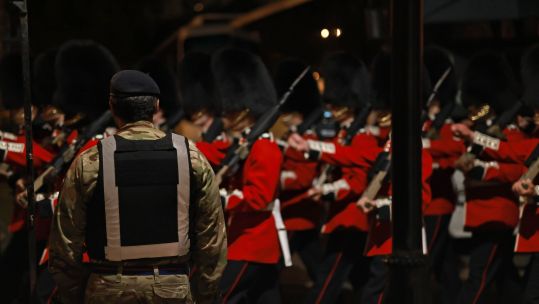
An early-morning rehearsal before sunrise saw the horse-drawn carriage of the King's Troop Royal Horse Artillery being led along the route.

Three of the Queen's four children wore ceremonial dress uniforms during a slow procession to St Giles Cathedral, Edinburgh.
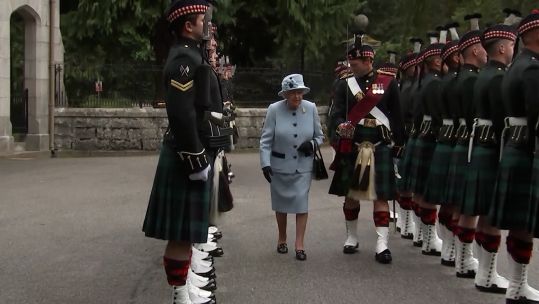
Mark Owens photographed the Queen one on one as she received a Royal Regiment of Scotland brooch.
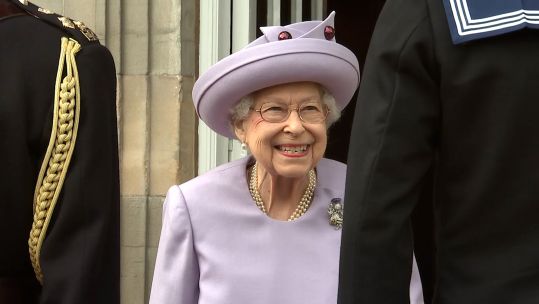
The CEO of SSAFA shares his memories of meeting the monarch during her "quite remarkable life".

The Duke of Sussex paid tribute to the Queen, saying he is "forever grateful for all" his "first meetings" with his grandmother.

A Guard of Honour made up of The Royal Regiment of Scotland received the coffin with a Royal Salute.